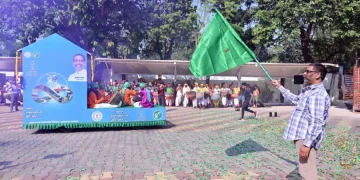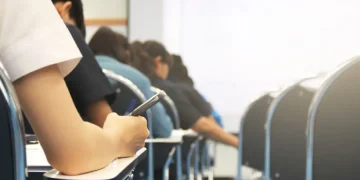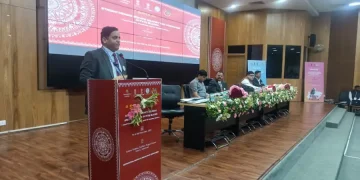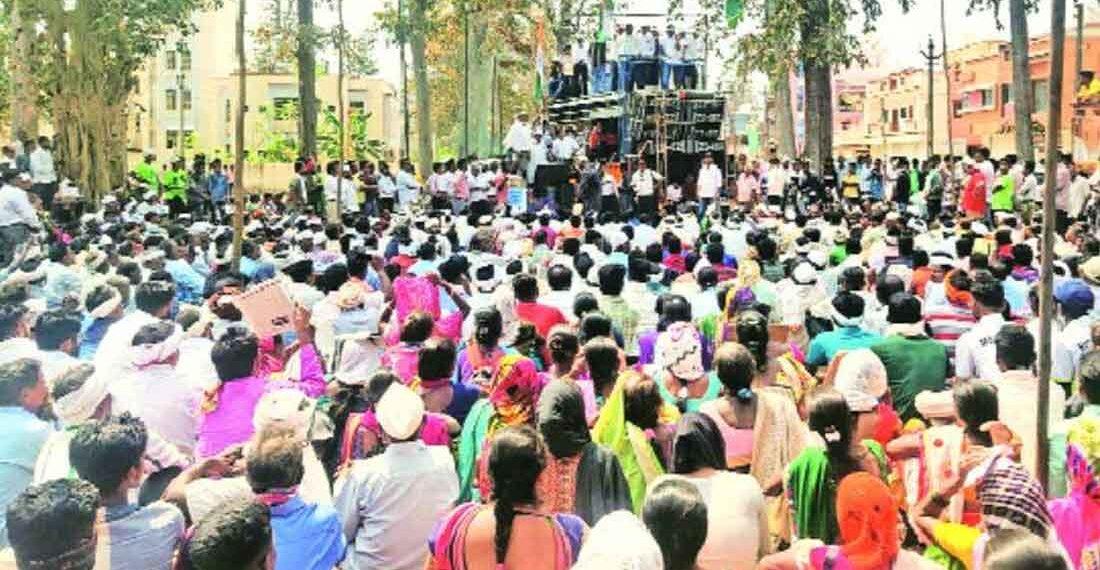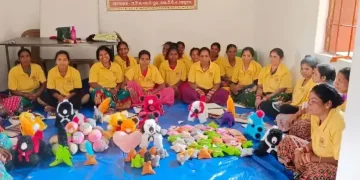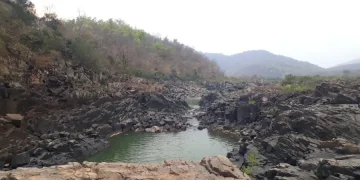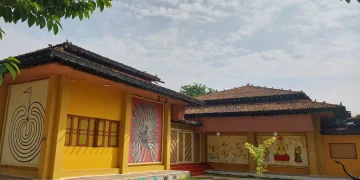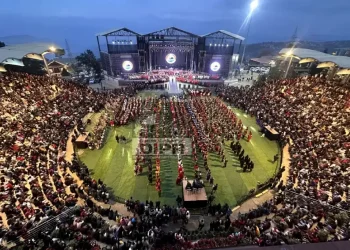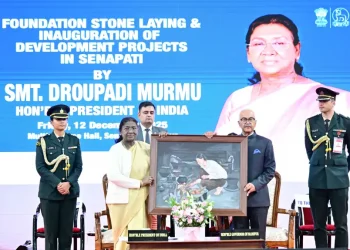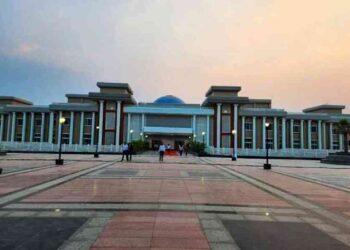Terming the State government’s decision to be in the interest of tribal people, Gujarat Chief Minister Bhupendra Patel on Saturday said that the Damanganga-Par-Tapi-Narmada River linking project has been cancelled respecting the sentiments of members of tribal communities.
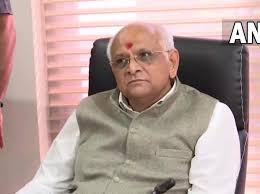
“The Gujarat government hasn’t given any approval for the project so far. The interests of tribal people are the utmost priority for the Gujarat government. Deliberate attempts were made by some people to spread ‘misunderstanding’ among the members of tribal communities related to the project. As a result, there was resentment among a section of tribal communities,” the Chief Minister said.
Earlier this month, Congress leader Rahul Gandhi promised the people of the tribal communities in the State the withdrawal of the river linking project if his party comes to power after the assembly poll slated in December 2022.
Rahul was speaking at the ‘Adivasi Satyagraha Rally’ in tribal-dominated Panchmahal district. Delhi Chief Minister and Aam Aadmi Party (AAP) supremo Arvind Kejriwal too had raised the issue during his visit to the tribal areas of Bharuch district last month.
Tribal leaders have been protesting the river linking project in Gujarat over the issue of possible displacement of thousands of people in the tribal dominated areas in South Gujarat. The protest became stronger after Gujarat’s Finance Minister Kanubhai Desai allocated Rs 500 crore with a change in the name of the project. The Dam Hatao, Jungle Bachavo Sangharsh Samiti platform was then created by nearly 200 tribal leaders in Gujarat to protest the river linkage project.
Tribal leaders are arguing that as per the DPR of the project as many as 37 villages in Dang district would submerge and more than 50,000 people would be displaced. After the Congress in association with tribal leaders staged a rally in Gandhinagar in April, Gujarat BJP president CR Patil had after meeting Union Home Minister Amit Shah and Union Finance Minister Nirmala Sitharaman made a statement that the central government wouldn’t give a go-ahead to the project.
Tribal organisations including Adivasi Samanvay Manch, Adivasi Ekta Parishad and Samast Adivasi Samaj openly opposed the project claiming that dams would be constructed as part of river linking project and the entire Vaghai tehsil would be submerged and hundreds of tribal families would be displaced.
The Damanganga-Par-Tapi-Narmada River linkage project was initiated in 1980 with a view to transfer surplus water that flows into the sea to water deficit regions of Saurashtra and Kutch. Par River which originates from Nashik in Maharashtra flows through Valsad district. River Tapi originates from the State’s only hill station Saputara and flows through Tapi, Dang and Surat district and in the case of Narmada River, it originates from Madhya Pradesh and flows through Maharashtra, Bharuch and Narmada districts in the State.
As per plan, there were to be seven dams as part of the river linking project – one at Nashik in Maharashtra and six others in South Gujarat. Apart from dams, three diversion weirs, two tunnels and a 395-km long canal were being envisaged as part of the project. Out of the total length of canal, nearly 200 km is in the Par-Tapi region. Six power houses were also part of the proposed project. The Rs 10,000 crore plus project was also having provision to provide irrigation water to farmers in South Gujarat region.






